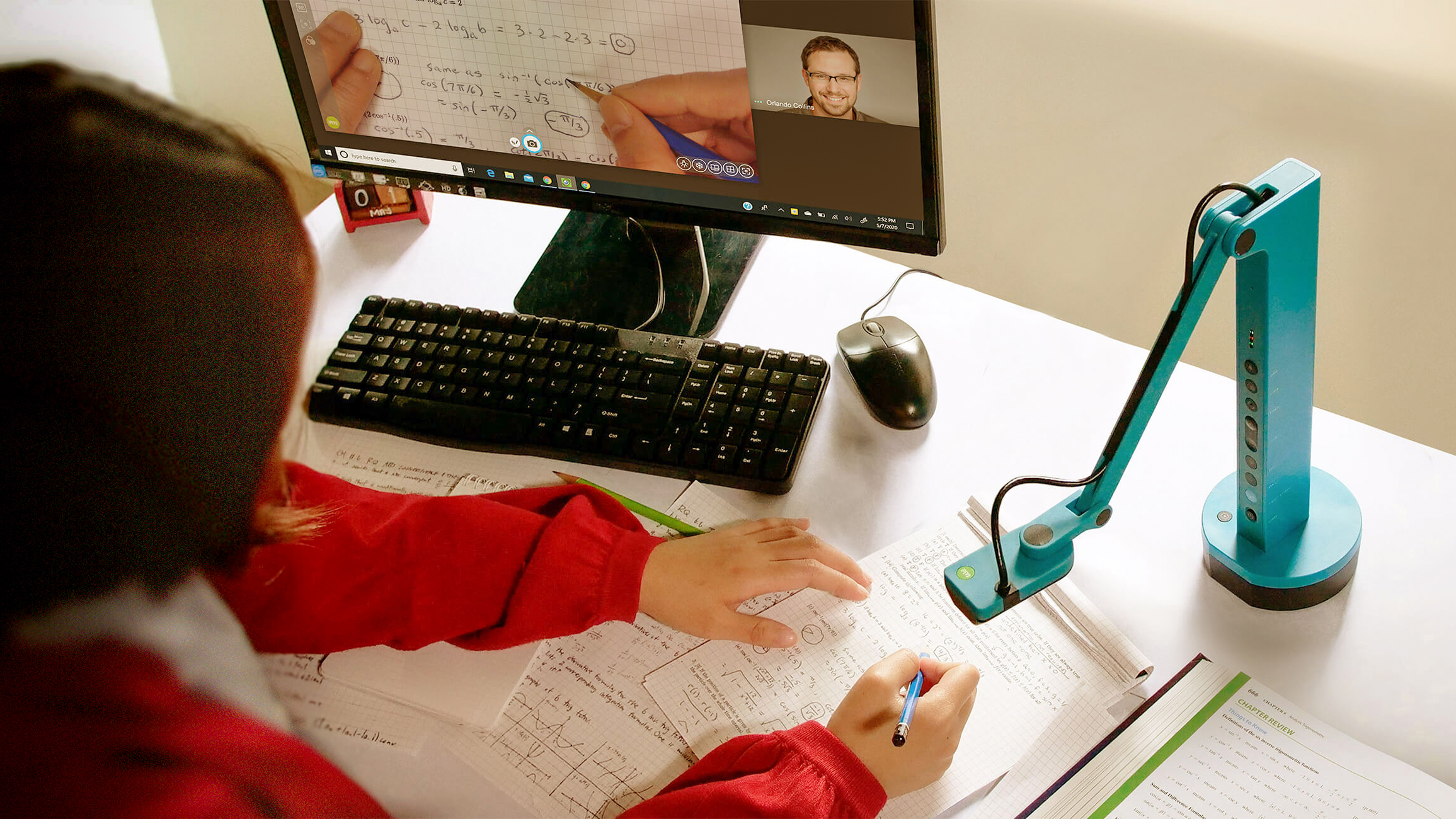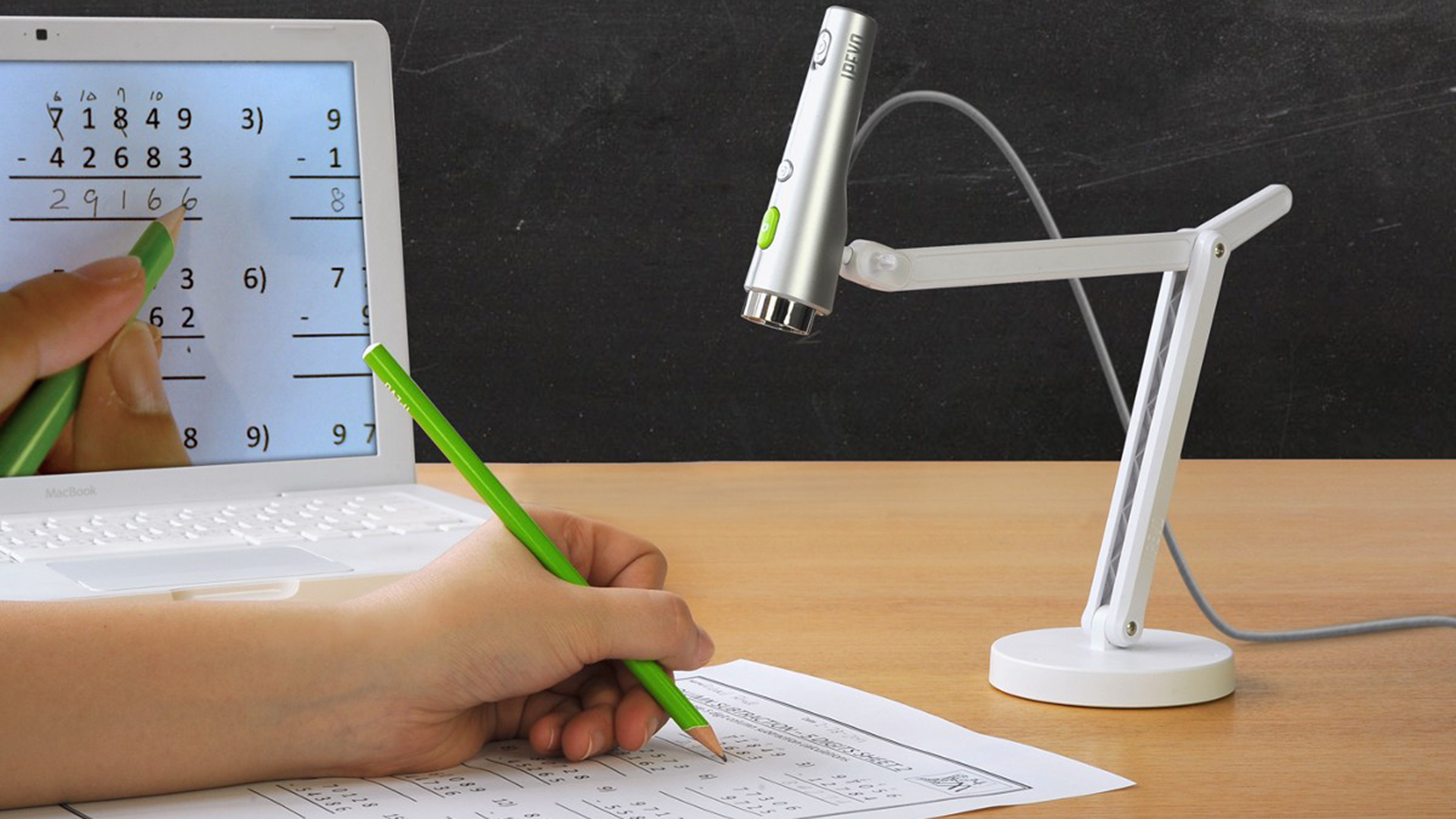What to Know About Buying a Document Camera
By buying a document camera teaching can work on a new level

If you're considering buying a document camera then this guide can help you find the ideal one for your needs. As an educator, or student, these can be very helpful devices to bridge the physical and digital divide when learning.
At its most basic, a document camera is a small and maneuverable digital camera that can live record, up close, what you're doing. That makes it a great way to show an experiment to the entire class, for example. As a teacher, you could video what's happening and have that thrown to a big screen for the entire class to see, close-up and in detail.
These also offer a great way to record what you're doing, so an experiment or lesson can be used again for other classes or future groups. It can also be a convenient way to stream lessons online so students who can't be there are still able to see what's happening.
This guide lays out all the considerations you may need to make before committing to buy any one particular document camera. Then it may help to visit the best document cameras for teachers guide to pick a model.

Image quality
The resolution on your document camera is an important consideration as that will denote just how clear the resulting video will be. If you're planning to output the camera's images to a large screen in class, for example, then you will need a decent resolution in order to scale that without losing quality.
Generally, you'll be looking at the choice between 1920x1080 resolution, as a minimum, and 4K UHD at the top-end. Both will do a fine job on a larger screen, but if you are hoping to keep the best quality to future-proof that, or scale to screens more than 65 inches in size, then the 4K option is ideal.
Zoom and focus are also important factors to consider when thinking about image quality. Some cameras will let you zoom in on areas, which can be helpful when taking the class through guidance. Look out for those that offer lens zoom, not just scaling up with digital zoom, which eats into resolution.
Tools and ideas to transform education. Sign up below.
Focus is important as you may want a macro lens that is capable of clearly showing video images of items that are very close. If you plan to perform experiments or want to write and draw with clarity, you may need a camera capable of close-up capture.
Build and design
The build and design of your document camera can vary and. as such, may affect how well it serves you. Stability is important, so look closely at the stand that holds up the camera. You won't want wobble here, as that can be distracting and lead to a less clear video.
The ability to move the camera arm is also a factor as some are more maneuverable than others, so consider if you'll need to be repositioning it a lot to capture varying angles.
How tough the camera and its support arm are should also be considered. If students or multiple teachers are going to be using it, then a tougher build quality that is robust enough to withstand that level of use is also worth considering.
Some also record audio, so keep that in mind if that's required. If you already have a mic setup, you may not need to waste money on this feature.

Lighting
Lighting is a very important part of getting the best video quality. If you plan to show art, or close-up experiments, then clear lighting is a must in order to support the full gamut of colors and contrast.
Some document cameras come with lights built in that can be adjusted, which is an excellent feature to have and is often worth paying a premium. Others allow you to connect your own lights, which might be merit consideration if you already have access to those.
A ring light can be an excellent addition to a document camera that you can do after purchase. This also acts as a great lighting system for a webcam, another potential use for the document camera.
Connectivity
You will need to make sure that the camera you go for is compatible with the devices with which you plan to use it. For example you may find that some document cameras are made specifically for certain operating systems, such as Windows.
Often document cameras will be universal but it's worth checking so you know this can work across devices if needed. Most are plug-in and use a USB and/or HDMI connection, which is something that can work with most laptops, computers, and displays.
Pricing
Pricing for document cameras can vary widely based on the combination of features that are available. So it could pay to consider what areas you can make cut-backs and which features are must-haves for your needs.
It might be worth considering if this is going to be a document camera alone or if you also need it to double as a webcam. This could vary the number of features required, which will affect the price you end up paying.
You should now be ready to pick one for you, with the best options available in this best document cameras for teachers guide.
Luke Edwards is a freelance writer and editor with more than two decades of experience covering tech, science, and health. He writes for many publications covering health tech, software and apps, digital teaching tools, VPNs, TV, audio, smart home, antivirus, broadband, smartphones, cars and much more.
